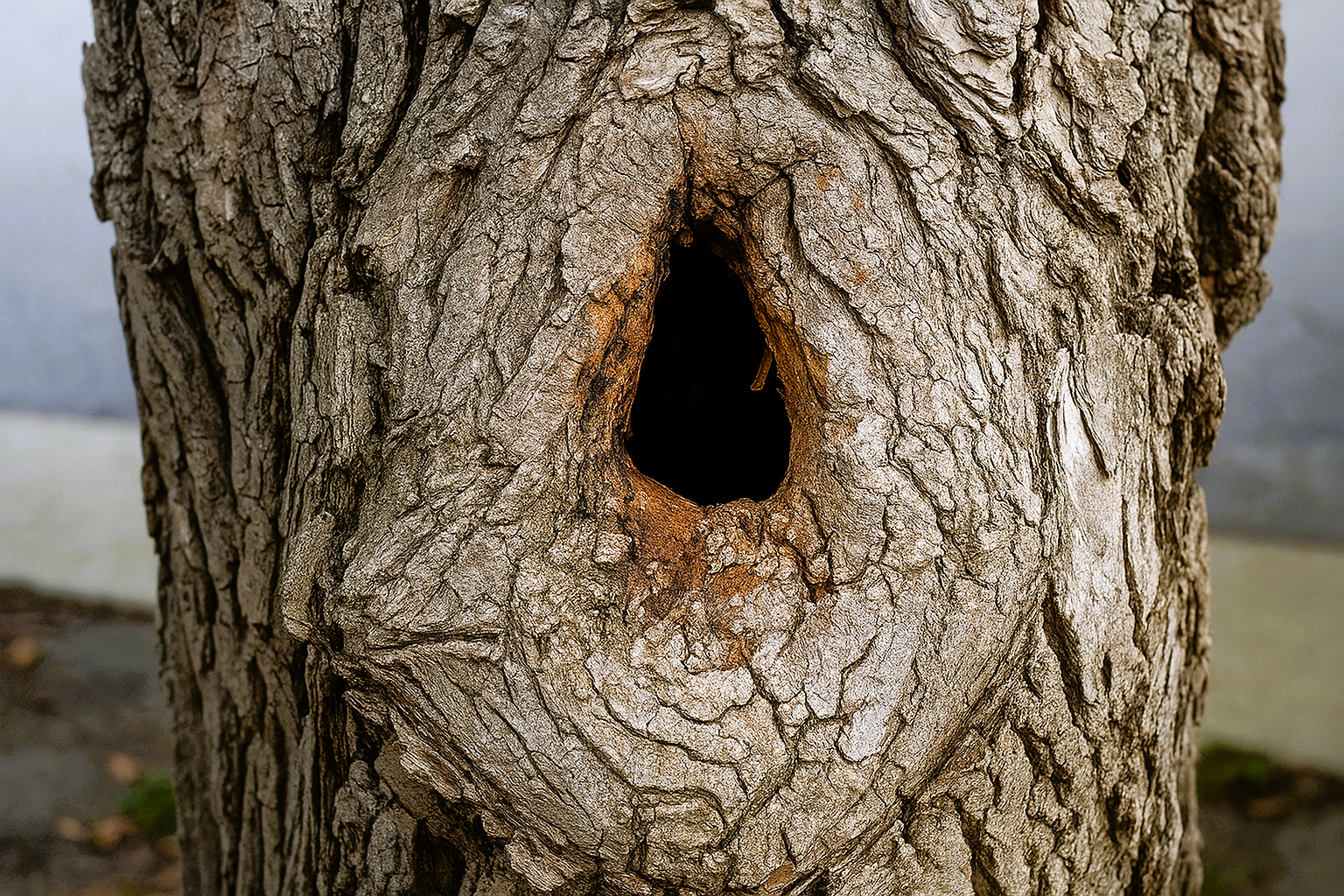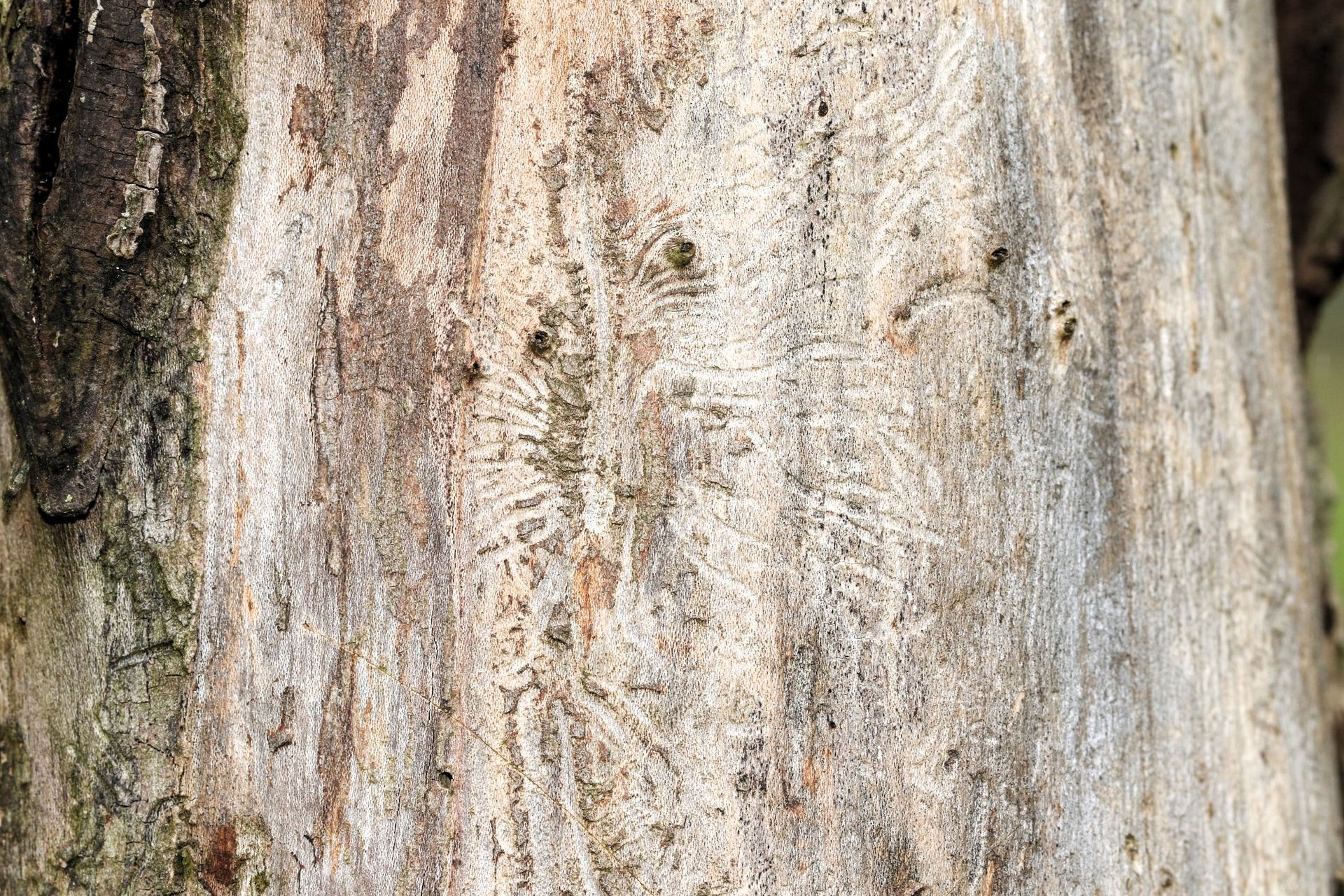Diseased vs. Dead Branches: How to Tell the Difference
How to spot the difference between a sick branch and a dead one

If you’ve ever walked around your yard in Kanata and noticed a branch that looks “off,” you might have asked yourself, “Is it sick, or is it just dead?” It’s a common question—and the answer matters. Knowing the difference between a diseased branch and a dead one can protect your home, your family, and your trees. Let’s break it down in a way that makes sense for everyday homeowners.
Why It’s Worth Paying Attention
Your trees aren’t just background scenery. They cool your home with shade, freshen the air, and make your yard inviting. But just like people, trees get sick, and sometimes parts of them die. Their branches do a lot of heavy lifting—moving nutrients, holding leaves, and keeping growth steady.
When something goes wrong with a branch, it can turn into a bigger problem:
- Dead branches can fall without warning, risking damage to your home or even hurting someone.
- Diseased branches can slowly weaken your tree or spread the problem further.
Catching the difference early saves you money, stress, and keeps your trees thriving.
Signs of a Diseased Branch
A diseased branch is still alive—it’s just under attack. Look for:
- Leaves that droop, turn strange colors, or die back early
- Bark that looks odd, with mushrooms, mold, or sticky sap leaks
- Twigs that wither or growth that looks twisted and uneven
In Kanata, you might see issues like Leucostoma canker on apple and fruit trees, Diplodia tip blight in pines, or wood rot in older hardwoods. The key takeaway: diseased branches need help before things get worse.
Signs of a Dead Branch
A dead branch is much easier to call out once you know the cues:
- No leaves or buds in spring or summer
- Wood that feels dry, brittle, and snaps cleanly
- Bark that’s gray or peeling, with no green layer underneath if scratched
- Hollow spots or
deep cracks
Unlike a sick branch, dead wood won’t bounce back. It’s a safety hazard waiting to happen and can even attract pests that threaten the rest of your tree.
Quick At-Home Tests
You don’t need special gear to figure out what’s going on. Try these simple checks:
- Scratch Test: Scratch the bark with your fingernail or a pocketknife. Green means life. Brown means it’s likely dead.
- Bend Test: Small twigs that bend are usually alive. If they snap instantly, they’re done.
- Look Closer: Mushrooms, oozing sap, or cankers point more toward disease than death.
If you’re still unsure, that’s the perfect time to call in a certified arborist—they’ll give you a clear answer and a safe solution.
What to Do Next
- Diseased branches: Pruning usually stops the spread. Sometimes, treatments like fungicides or adjusting watering and feeding can help too.
- Dead branches: Removal is the safest move. Regular checkups help catch these early before they cause trouble. If a tree is struggling with too many dead or diseased branches, planting a new one might be the smarter long-term choice.
Protect Your Trees and Your Yard
Here’s the bottom line: diseased branches are alive but struggling, while dead branches are beyond saving. By watching for the right signs—and doing a quick scratch or bend test—you’ll usually know which is which.
Catching issues early keeps your trees healthy, your yard safe, and your property looking beautiful. And if you’re ever unsure, don’t gamble with safety.
Kanata Tree Service Masters has certified arborists ready to inspect, trim, or remove branches so your trees stay strong for years to come.
Call us today!


